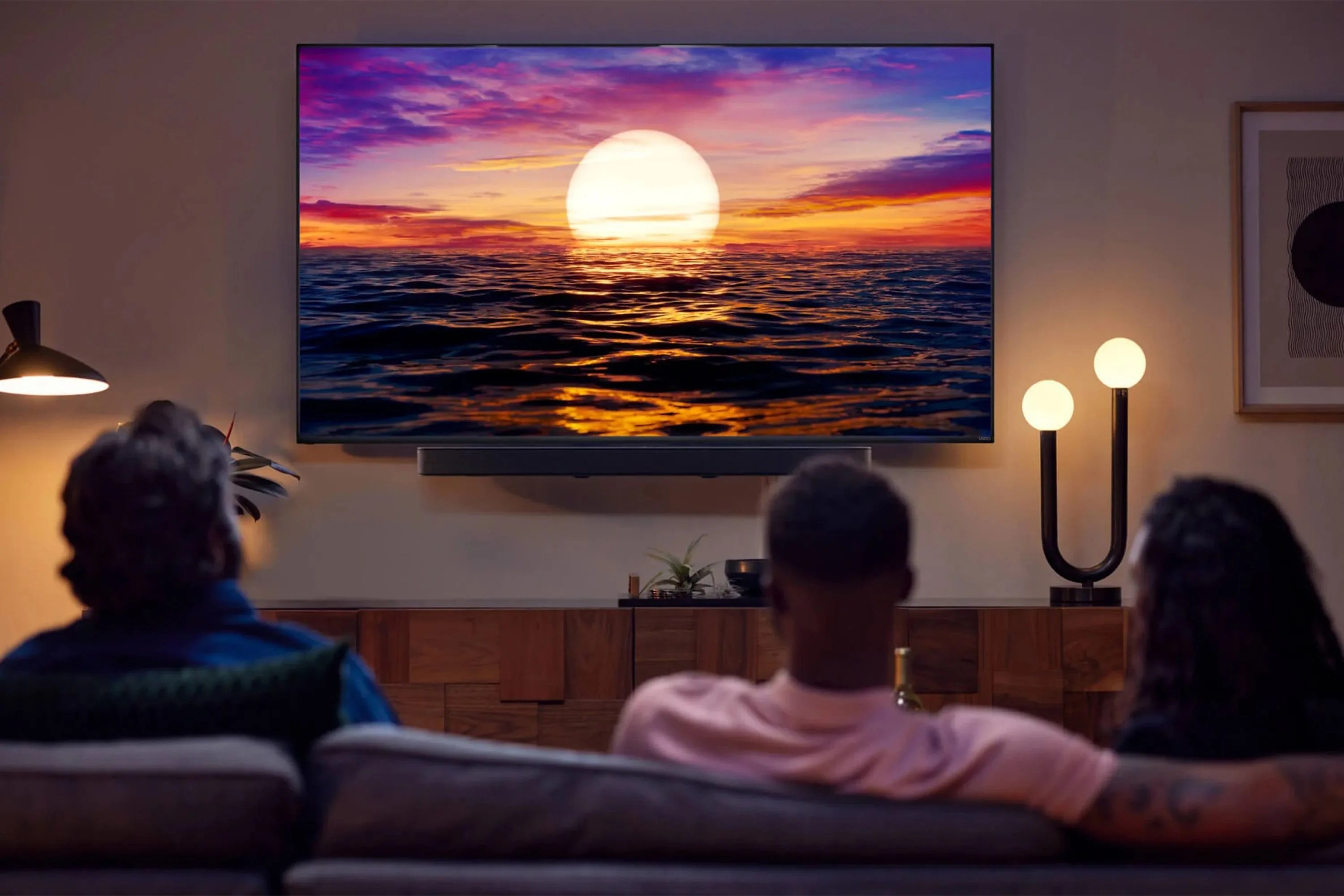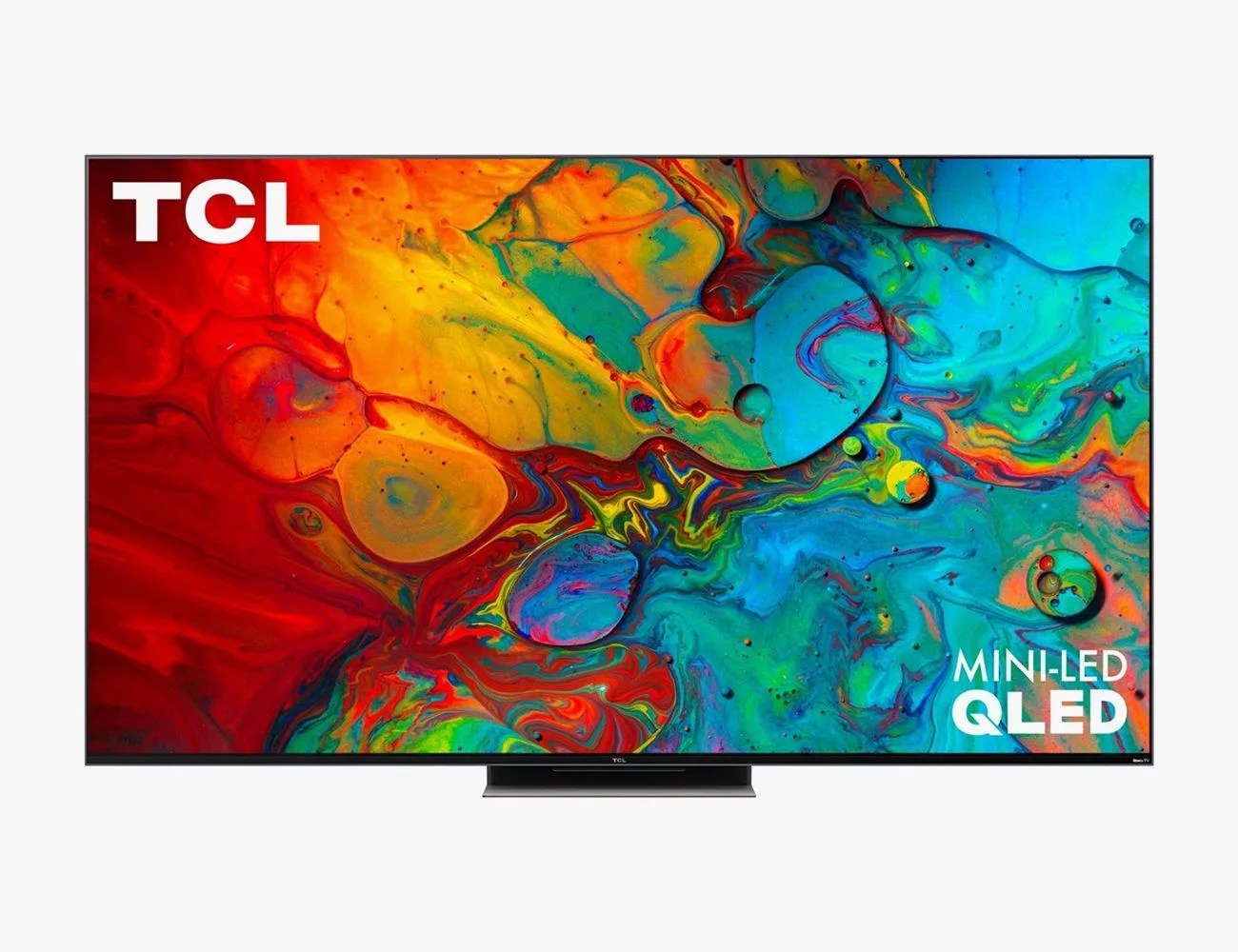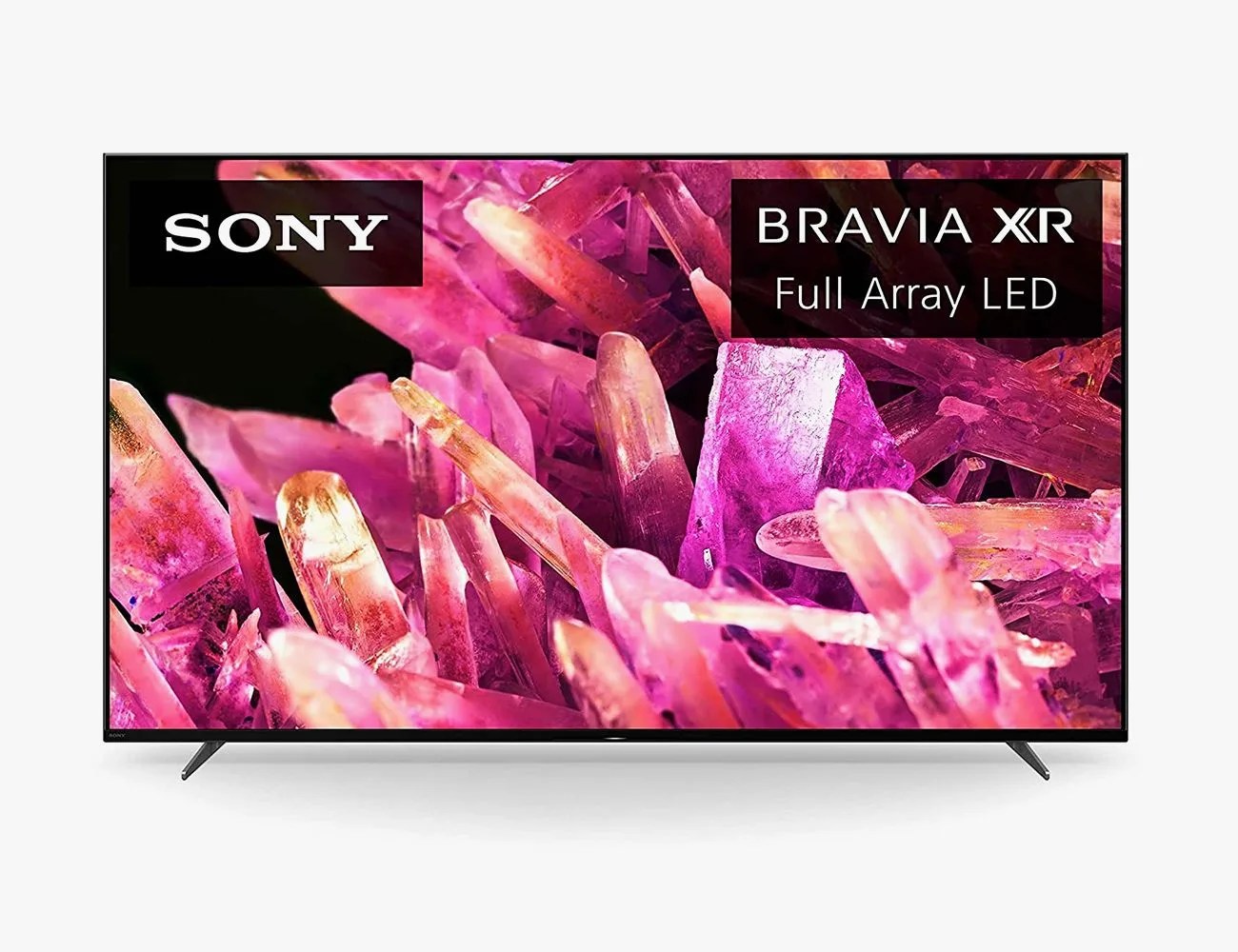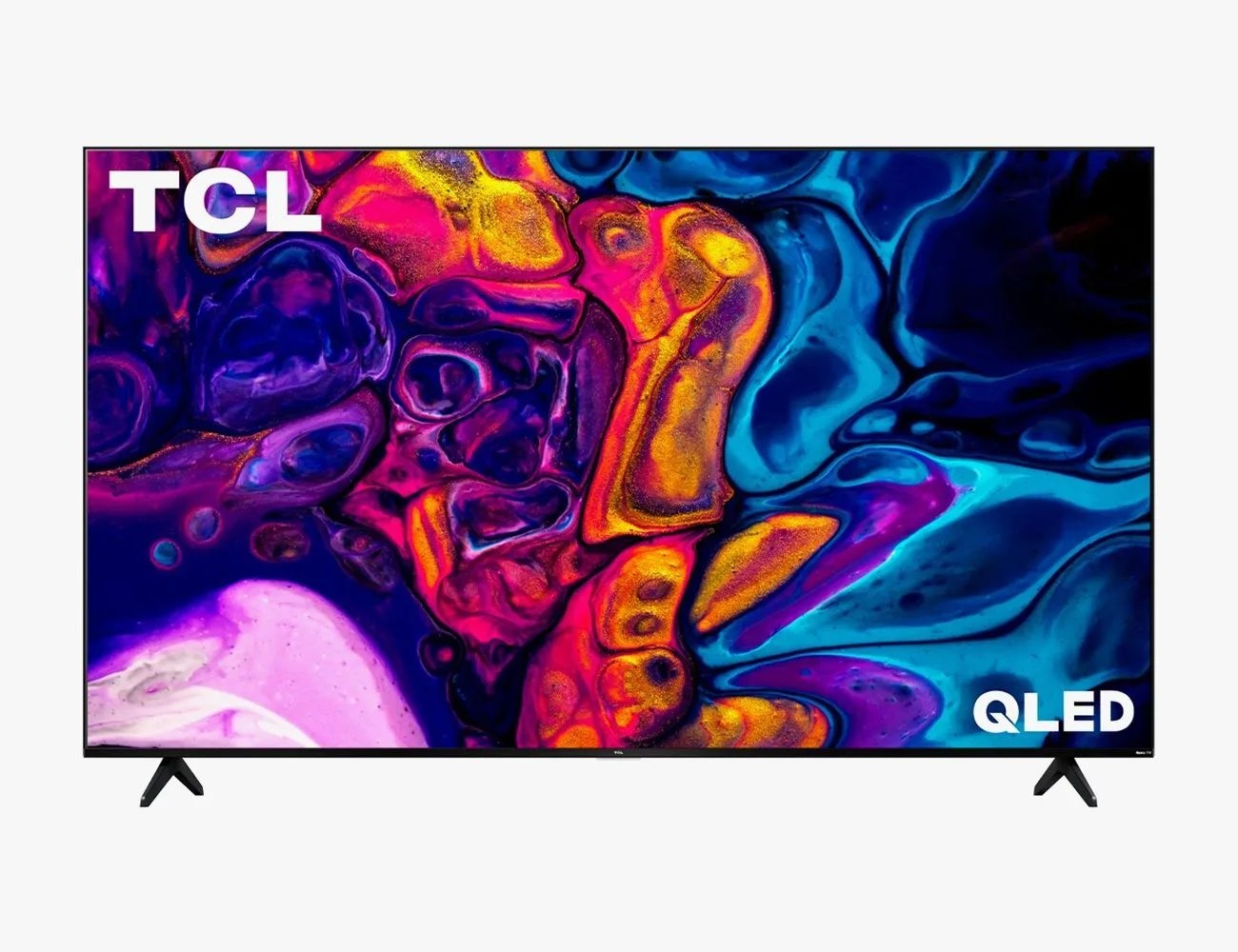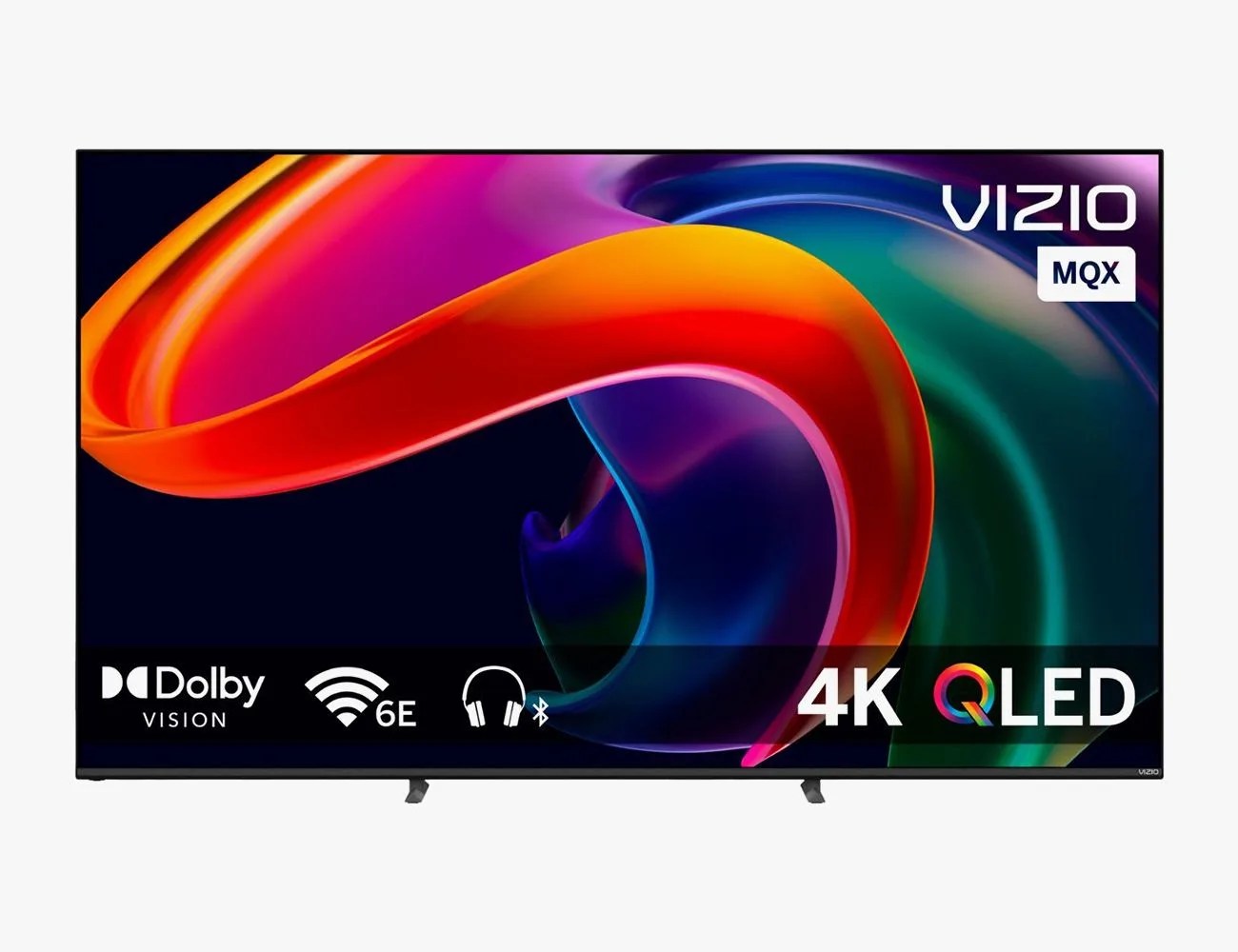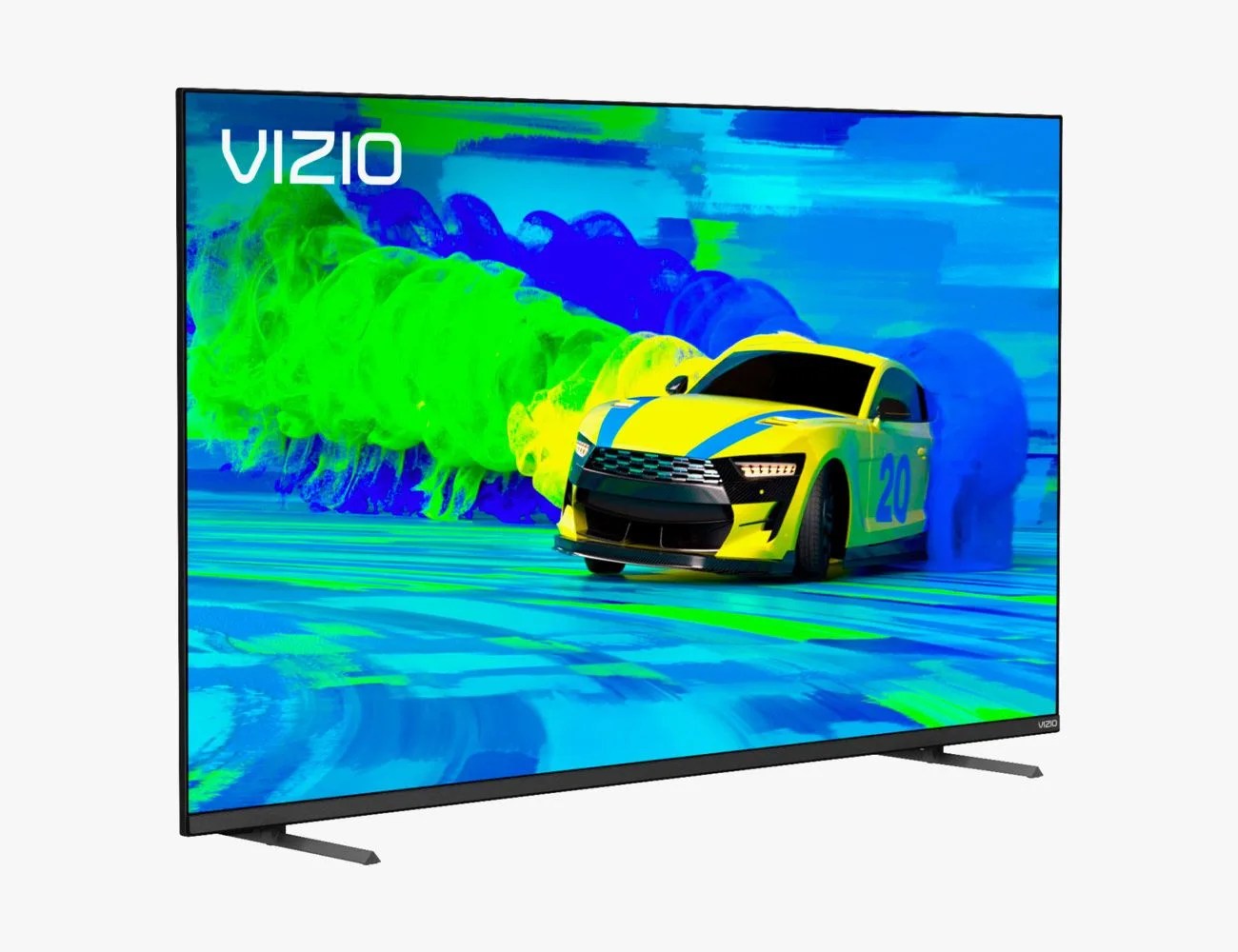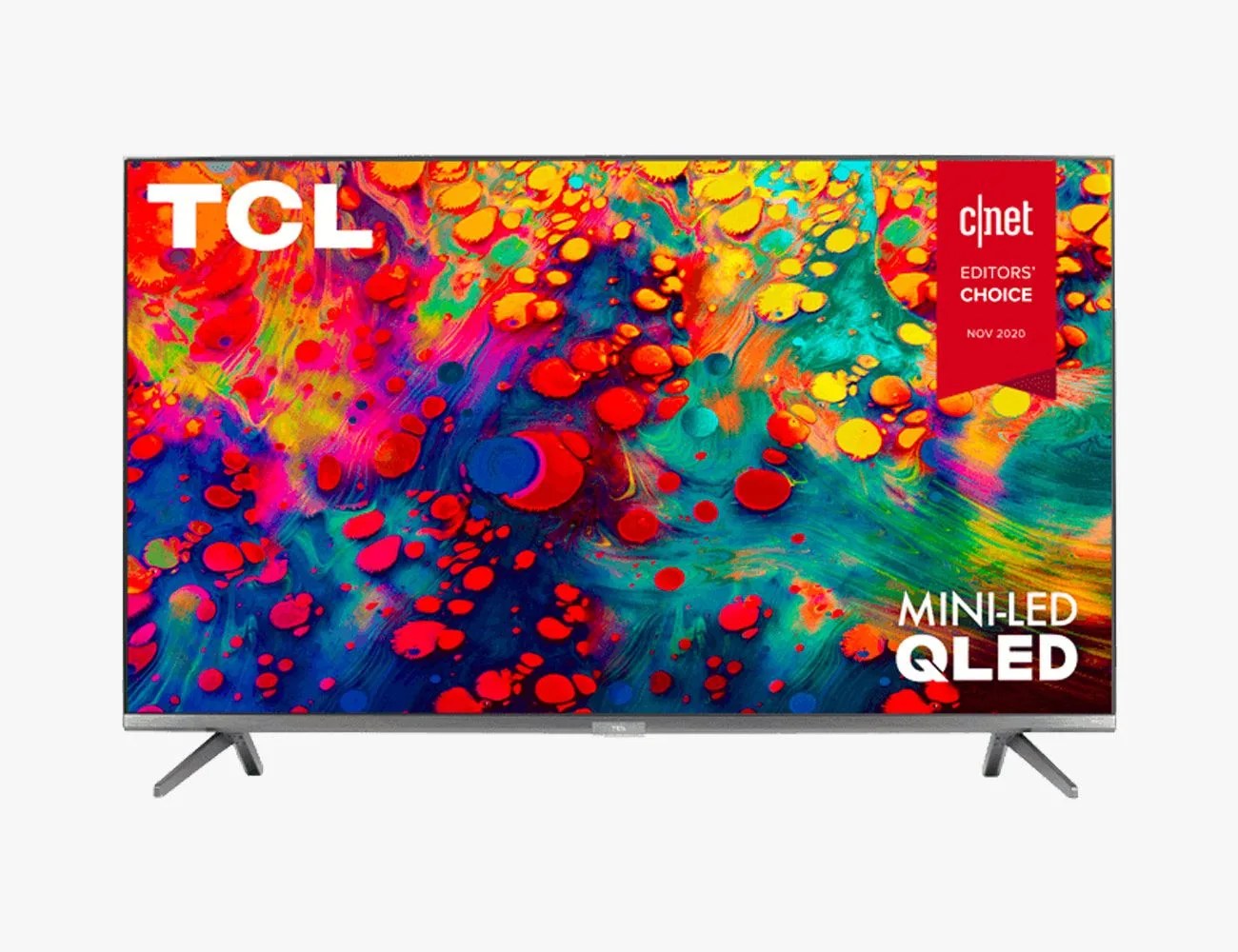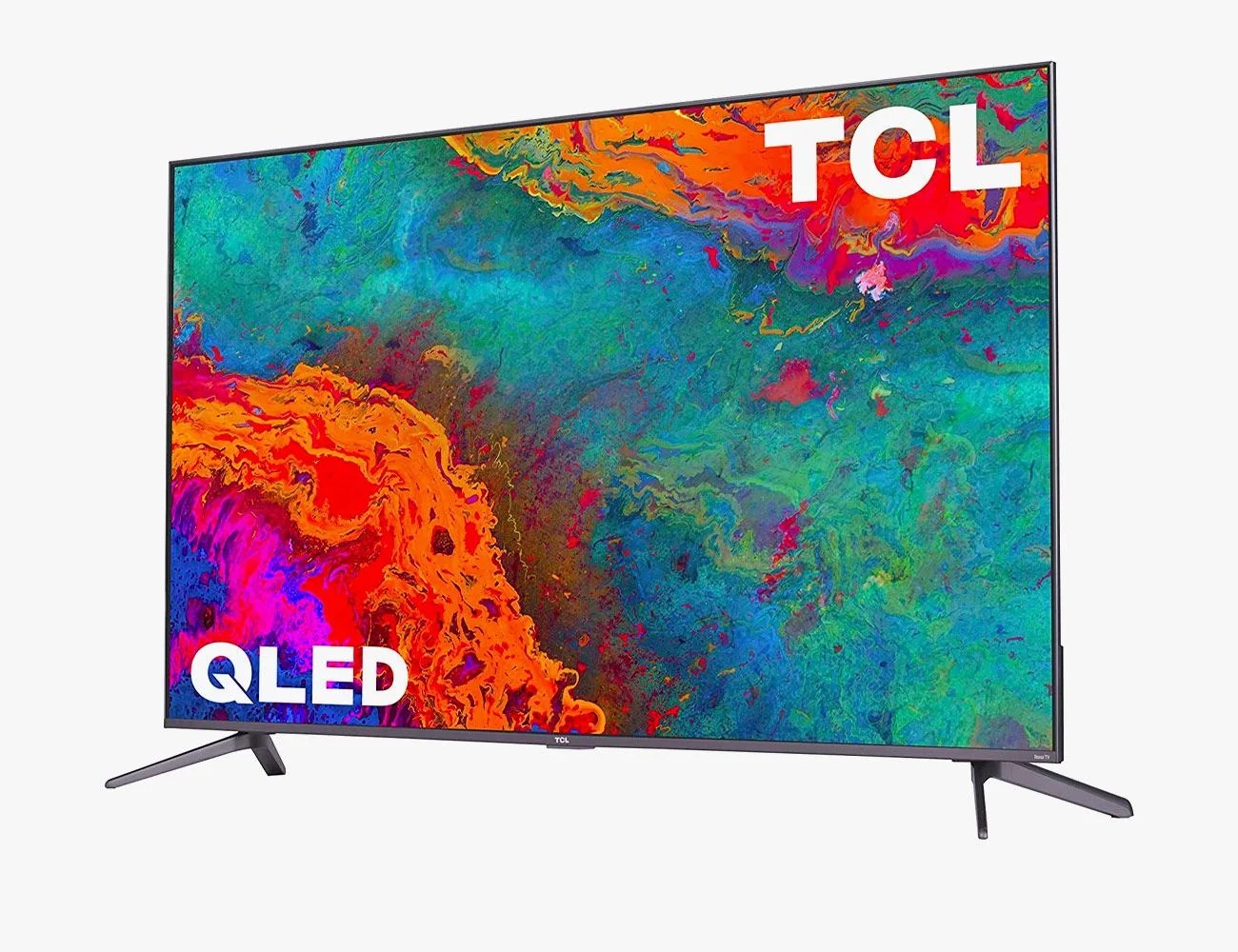The first 4K TVs from LG and Sony went on sale in the U.S in late 2012. Both were 84 inches and exceeded $20,000. So while desirable — 4K TVs have four times as many pixels as standard HD TVs and can produce a much clearer and beautiful picture — people basically had to choose between buying a top-notch TV and sending their child to college. Thankfully, that’s changed. Every major TV manufacturer makes at least one 4K TV, and they all come in myriad display sizes and price points. And if you don’t want to break four digits on a 4K TV, you no longer have to.
Products in the Guide
-
TCL 6-Series (2022)
Best 4K TV Under $1,000 for Most People
Read more -
Sony X90K (2022)
Runner Up: Best 4K TV Under $1,000
Read more -
TCL 5-Series (2022)
Best Budget-Friendly 4K TV Under $1,000
Read more -
Vizio M-Series Quantum X (2022)
Runner Up: Best Budget-Friendly 4K TV
Read more -
Vizio P-Series Quantum (2021)
Read more -
Vizio M7 Series Quantum (2021)
Read more -
TCL 6-Series Mini-LED QLED (2021)
Read more -
TCL 5-Series QLED (2021)
Read more
All the best 4K TVs — we’re talking the crème de la crème — have OLED displays (although Samsung’s QLED displays come a close second). That’s because OLED technology allows the displays to produce darker blacks and more vivid colors than any LED TV display. The problem is, even though prices of OLED TVs are coming down, they’re still expensive; you’re still not likely to find a 4K OLED TV that’s under $1,000.
Still, there are excellent 4K TVs within your price range. We’re talking under $1,000 for a 4K TV that’s at least 55-inches. TCL and Vizio are the two main brands to look for in. They make a variety of 4K TVs, pretty much all of them support the newest HDR technologies and have smart streaming features. And as far as picture quality, they’ll deliver a night-and-day difference to any HD display.
What to Look For
Size: With TVs, size matters. The bigger the TV, the more expensive it’s going to be. As of 2023, the most popular size of a 4K TV is 65-inches — which is why we use the 65-inch model as our benchmark. If the 65-inch model of a certain 4K TV is more than $1,000, it isn’t on this guide. Of course, you might want a TV that is bigger or smaller than 65-inches, which is why we’ve included the size of each 4K TV that is included in this guide.
Resolution: The best way to think of your TV is as a big grid, made up of columns and rows of pixels. The more pixels in that grid, the better the overall resolution of the TV. 4K TVs have a grid of 3840 x 2160 pixels, while an HD TV has a grid of 1920 x 1080 pixels. That means 4K TVs have four times as many pixels, and thus four times the detail as HD TVs.
